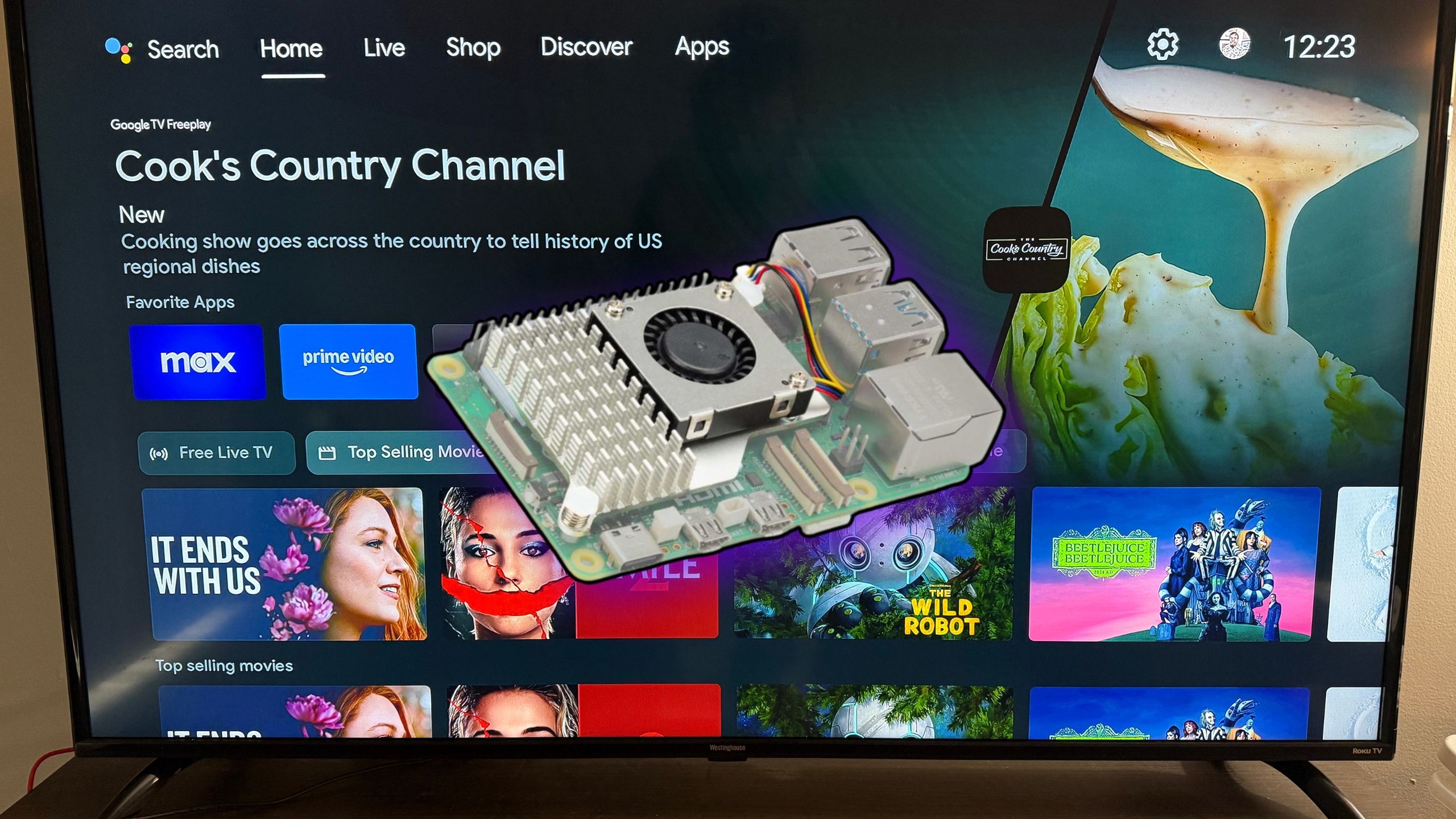Top Stories
Raspberry Pi Surpasses Chromecast as Ultimate Streaming Device

UPDATE: New reports confirm that the Raspberry Pi is now being hailed as a superior alternative to Chromecast for transforming standard TVs into advanced streaming hubs. This shift comes as Chromecast phases out its cheaper models in favor of the new Google TV streamer, starting at $100.
Why does this matter RIGHT NOW? As consumers seek budget-friendly solutions to enhance their TV viewing experience, the Raspberry Pi offers unmatched flexibility and customization options, making it an attractive choice for tech-savvy users.
The Raspberry Pi allows users to choose from various operating systems like LineageOS, OSMC, and LibreELEC. This freedom means you can revitalize your TV with personalized settings and applications, without the constraints that come with Chromecast’s limited OS. Unlike Chromecast, which binds users to Google’s ecosystem and restricts app installation to the official store, the Raspberry Pi allows full customization and local playback options.
As TVs age, they often face slower load times and app performance issues. The Raspberry Pi mitigates these problems by enabling users to switch to lighter operating systems as needed. It boasts a supportive community that continues to develop and maintain TV OS options, ensuring longevity for older devices.
Storage capabilities also set the Raspberry Pi apart. Chromecast’s built-in app storage is limited, forcing users to juggle applications as their libraries grow. In contrast, the Raspberry Pi offers users the ability to select their preferred storage method—whether it’s an SD card, USB drive, or NVMe drive—empowering them to manage their content efficiently.
Connectivity is another critical advantage of the Raspberry Pi. While Chromecast may struggle with limited ports, the Raspberry Pi provides multiple I/O options, including Ethernet, allowing seamless media playback from external devices. Users can connect hard drives or SSDs and stream content effortlessly over their home network.
Setting up a Raspberry Pi as a streaming device does require some technical know-how. Users must choose a compatible operating system and configure various apps and local storage options. However, the effort can yield substantial rewards, including access to ad-free content through Kodi add-ons and the ability to integrate popular services like YouTube into your viewing experience.
Despite its advantages, potential users should be aware that mainstream streaming apps like Netflix may not perform as well on a Raspberry Pi. Prospective buyers should weigh this factor against their streaming needs.
The Raspberry Pi’s adaptability and customization capabilities make it a game-changer for budget-conscious consumers looking to enhance their TV viewing experience. As Chromecast transitions toward higher-priced models, the Raspberry Pi stands ready to meet the demands of modern viewers seeking control and flexibility.
Stay tuned for more developments in the streaming device market, as this paradigm shift could redefine how consumers approach their entertainment needs.
-

 Science4 days ago
Science4 days agoInventor Achieves Breakthrough with 2 Billion FPS Laser Video
-

 Top Stories1 week ago
Top Stories1 week agoCharlie Sheen’s New Romance: ‘Glowing’ with Younger Partner
-

 Entertainment1 week ago
Entertainment1 week agoDua Lipa Aces GCSE Spanish, Sparks Super Bowl Buzz with Fans
-

 Business1 week ago
Business1 week agoTyler Technologies Set to Reveal Q3 Earnings on October 22
-

 World1 week ago
World1 week agoR&B Icon D’Angelo Dies at 51, Leaving Lasting Legacy
-

 Entertainment1 week ago
Entertainment1 week agoMother Fights to Reunite with Children After Kidnapping in New Drama
-

 Entertainment1 week ago
Entertainment1 week agoRed Sox’s Bregman to Become Free Agent; Tigers Commit to Skubal
-

 Science1 week ago
Science1 week agoNorth Carolina’s Biotech Boom: Billions Invested in Manufacturing
-

 Health1 week ago
Health1 week agoCurium Group, PeptiDream, and PDRadiopharma Launch Key Cancer Trial
-

 Health1 week ago
Health1 week agoCommunity Unites for 7th Annual Into the Light Walk for Mental Health
-

 Health1 week ago
Health1 week agoNorth Carolina’s Biotech Boom: Billions in New Investments
-

 Top Stories6 days ago
Top Stories6 days agoFormer Mozilla CMO Launches AI-Driven Cannabis Cocktail Brand Fast









